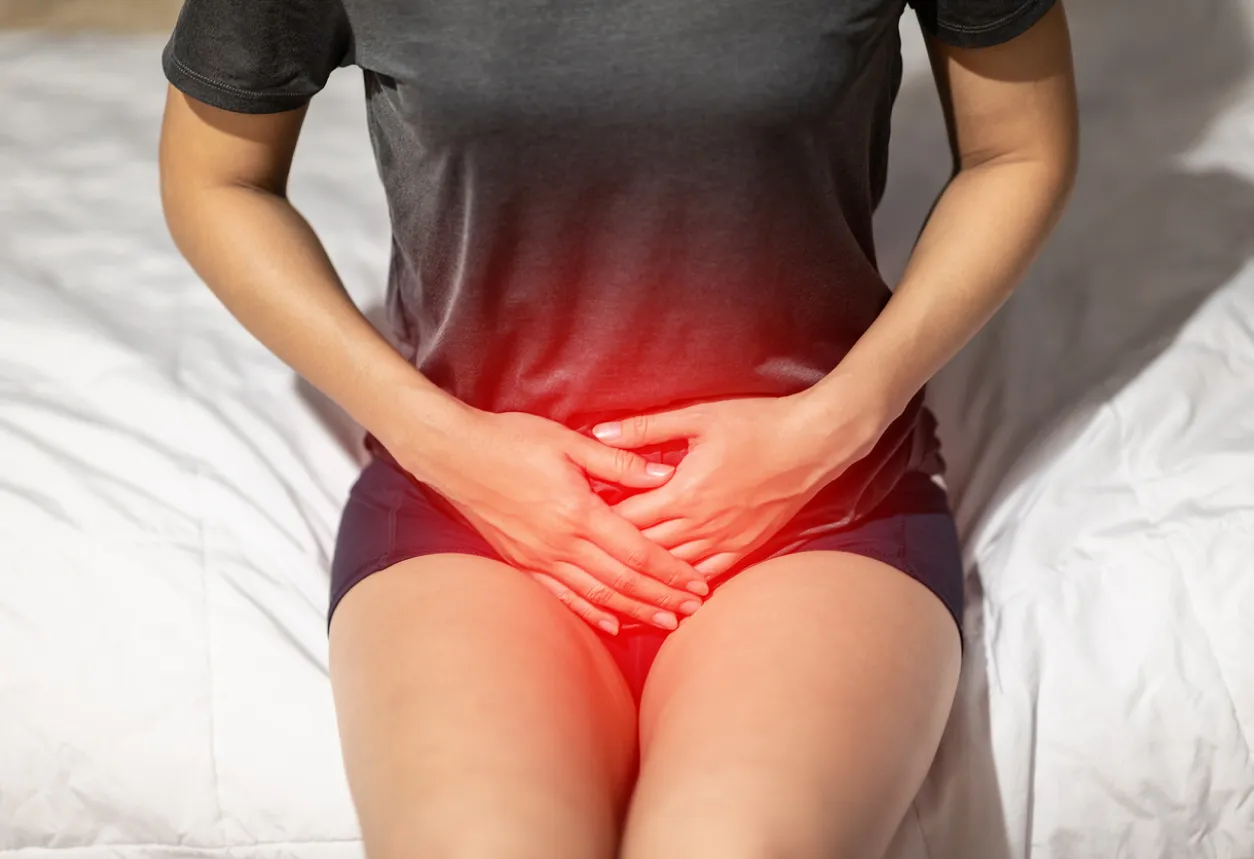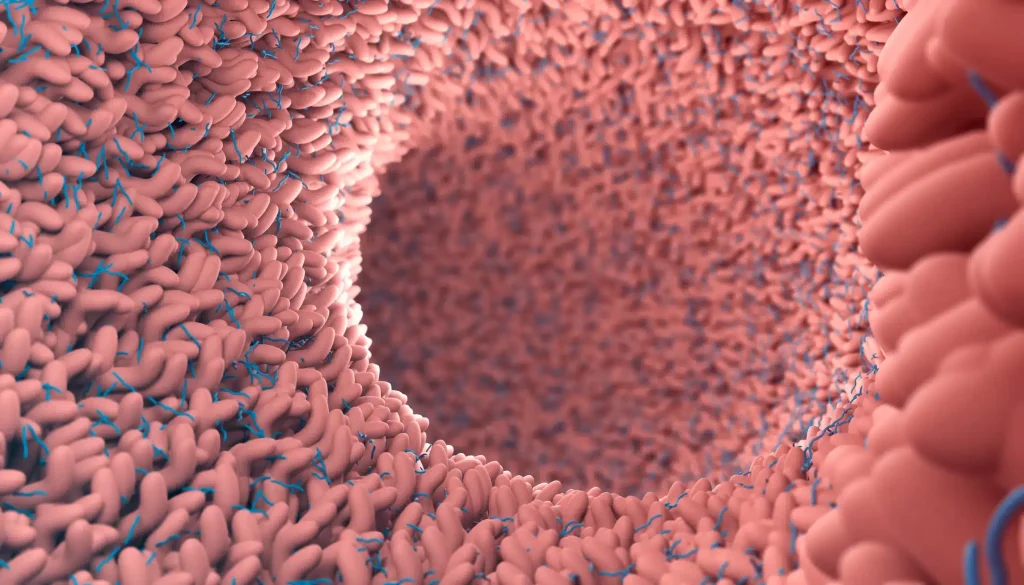Introduction to Interstitial Cystitis
Interstitial cystitis (IC), also known as bladder pain syndrome (BPS), is an inflammatory disorder affecting the bladder, primarily causing chronic pain and increased urination frequency. IC/BPS is more prevalent in women, causing significant disruptions in daily activities, including work, sleep, and sexual intercourse. Diagnosing IC/BPS is challenging due to the lack of specific tests, relying heavily on patient history, physical exams, and cystoscopy.
Current Treatment Challenges
Standard treatments for IC/BPS, such as behavioral changes, physical therapy, and over-the-counter medications, often provide limited relief. Prescription options include tricyclic antidepressants and histamine receptor antagonists. Despite these treatments, many patients continue to experience refractory symptoms, highlighting the need for more effective therapeutic approaches.
Study Overview
A physician-sponsored case series investigated the efficacy of a dual histamine receptor antagonist therapy in treating IC/BPS. Four adult female patients with chronic painful bladder and frequent urination were treated with a compounded oral dosage of cetirizine (8 mg) and famotidine (22 mg) once daily. This retrospective review compared symptom severity before and after the treatment.
Results
The dual antihistamine therapy significantly reduced pain and urination frequency in all four patients, maintaining long-term symptom relief. The treatment was well-tolerated, with no complications reported. Notably, the therapy provided relief at doses within the FDA-approved limits for over-the-counter monotherapies, underscoring its safety.
Case Summaries
Case 1: A 25-year-old female with a history of IC/BPS, IBS-D, and other conditions experienced substantial improvement in symptoms, reducing her bladder pain from 9/10 to 2/10. Her quality of life markedly improved, and she continued the treatment long-term.
Case 2: A 47-year-old female reported significant symptom relief, reducing urination frequency and pain. She described her condition as “normal” at follow-up, maintaining improvements with the dual therapy.
Case 3: A 57-year-old female with severe bladder pain and frequent urination found the combination therapy effective where previous treatments failed. She reported reduced pain and urination frequency, continuing the treatment successfully.
Case 4: A 42-year-old female experienced a 65% improvement in symptoms. She described the treatment as the only effective option for her persistent IC/BPS symptoms.
Discussion
The case series highlights the potential of cetirizine and famotidine in managing IC/BPS, providing both treatment and prophylactic benefits. The dual antihistamine approach addresses histamine’s role in IC/BPS pathogenesis, offering a promising alternative for patients unresponsive to standard therapies.
Conclusion
This study provides proof-of-principle evidence that cetirizine and famotidine effectively reduce IC/BPS symptoms. The therapy’s safety profile, along with its significant impact on symptom relief, suggests it as a viable option for managing IC/BPS. Further research through randomized controlled trials is recommended to confirm these findings and optimize treatment protocols.
Visit our resources for more articles.




